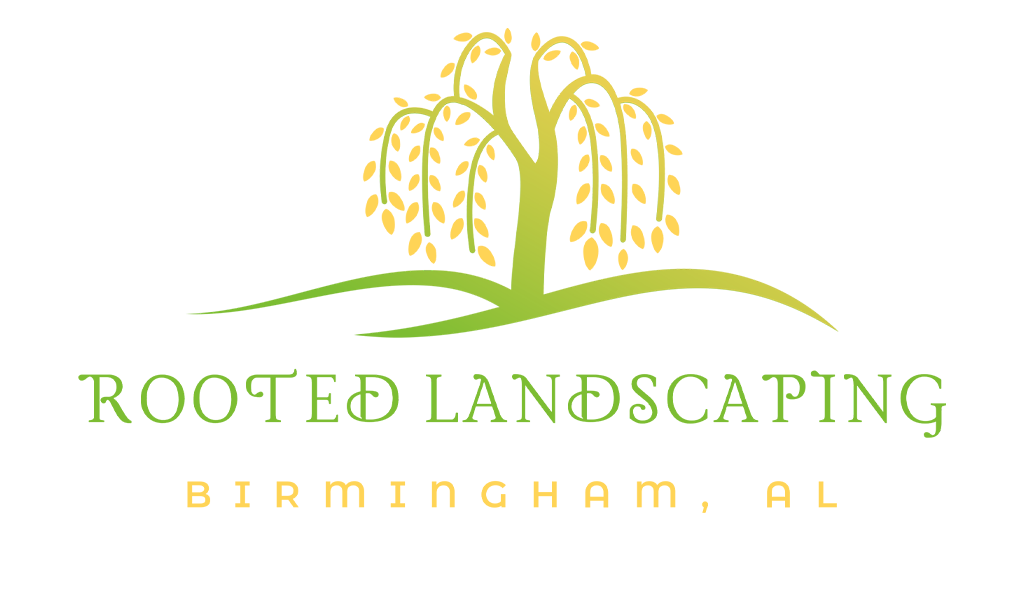Title: Cultivating a Greener Future: Creating a Sustainable Landscape in Vestavia Hills, AL
Nestled in the rolling hills of Alabama, Vestavia Hills is a picturesque community known for its natural beauty and strong sense of environmental stewardship. As residents of this vibrant city, we have a unique opportunity to contribute to the preservation and enhancement of our local ecosystem by cultivating sustainable landscapes in our own yards and neighborhoods.
Why is creating a sustainable landscape important in Vestavia Hills? Not only does it help to conserve water, reduce pollution, and support local wildlife, but it also enhances the beauty and resilience of our community. By incorporating sustainable practices into our landscaping, we can create a more vibrant and healthy environment for ourselves, our families, and future generations to enjoy.
Here are some tips for creating a sustainable landscape in Vestavia Hills:
1. Choose native plants: Native plants are well-adapted to the local climate and soil conditions, making them more resilient to drought, pests, and diseases. By incorporating native plants into your landscape design, you can reduce the need for water, fertilizers, and pesticides, while providing valuable habitat for local wildlife.
2. Practice water conservation: Alabama is no stranger to periods of drought, making water conservation a critical component of sustainable landscaping. Consider installing rain barrels, drip irrigation systems, and drought-tolerant plants to reduce water usage and minimize runoff. Mulching your garden beds can also help retain moisture and suppress weeds.
3. Use organic gardening practices: Avoid synthetic fertilizers and pesticides that can harm beneficial insects, pollinators, and water quality. Instead, opt for organic fertilizers, compost, and integrated pest management techniques to promote healthy soil and plant growth. Encourage biodiversity in your garden by planting a variety of flowers, herbs, and vegetables to attract pollinators and beneficial insects.
4. Design with sustainability in mind: When planning your landscape design, consider factors such as sun exposure, soil type, and drainage to create a functional and sustainable outdoor space. Incorporate permeable hardscapes, such as gravel paths or permeable pavers, to reduce runoff and allow rainwater to infiltrate into the soil. Plant trees strategically to provide shade, reduce energy costs, and sequester carbon.
5. Maintain your landscape sustainably: Regular maintenance is key to the long-term health and beauty of your landscape. Practice sustainable lawn care by mowing at the proper height, leaving grass clippings on the lawn as natural fertilizer, and aerating the soil to improve root growth. Consider composting yard waste to reduce waste sent to landfills and create nutrient-rich soil amendments for your garden.
By implementing these sustainable landscaping practices in Vestavia Hills, we can create a more resilient and ecologically diverse community that benefits both people and the planet. Together, we can cultivate a greener future for our city and inspire others to do the same. Let’s work together to protect and enhance the natural beauty of Vestavia Hills for generations to come.


